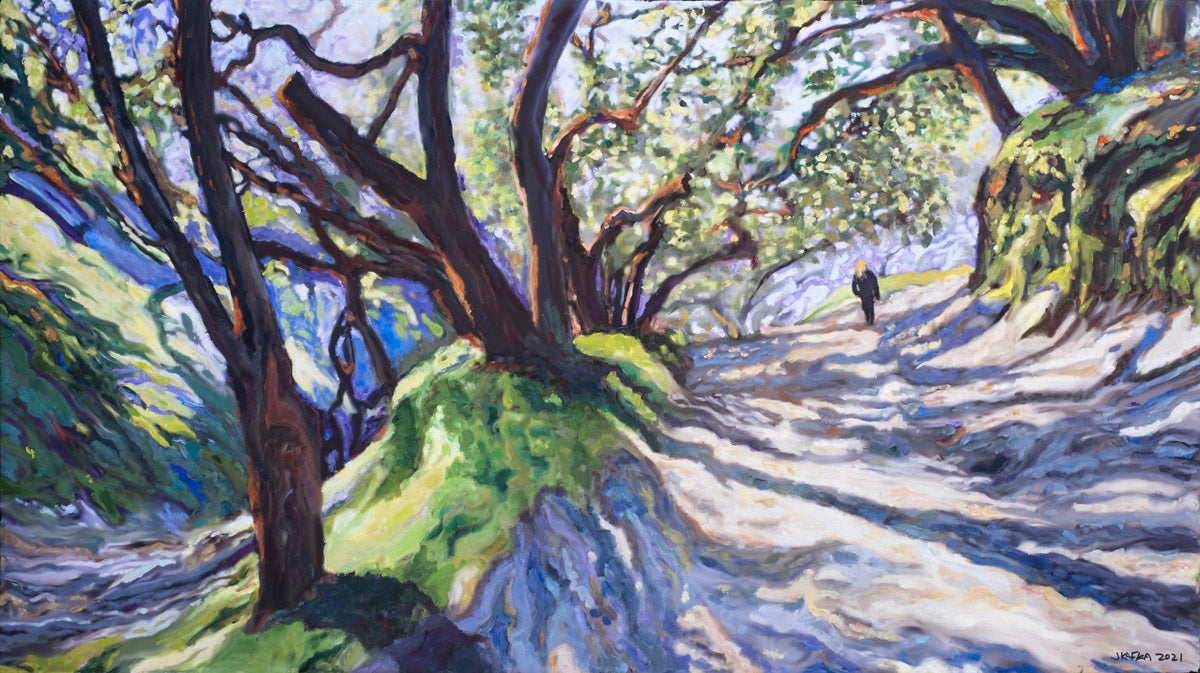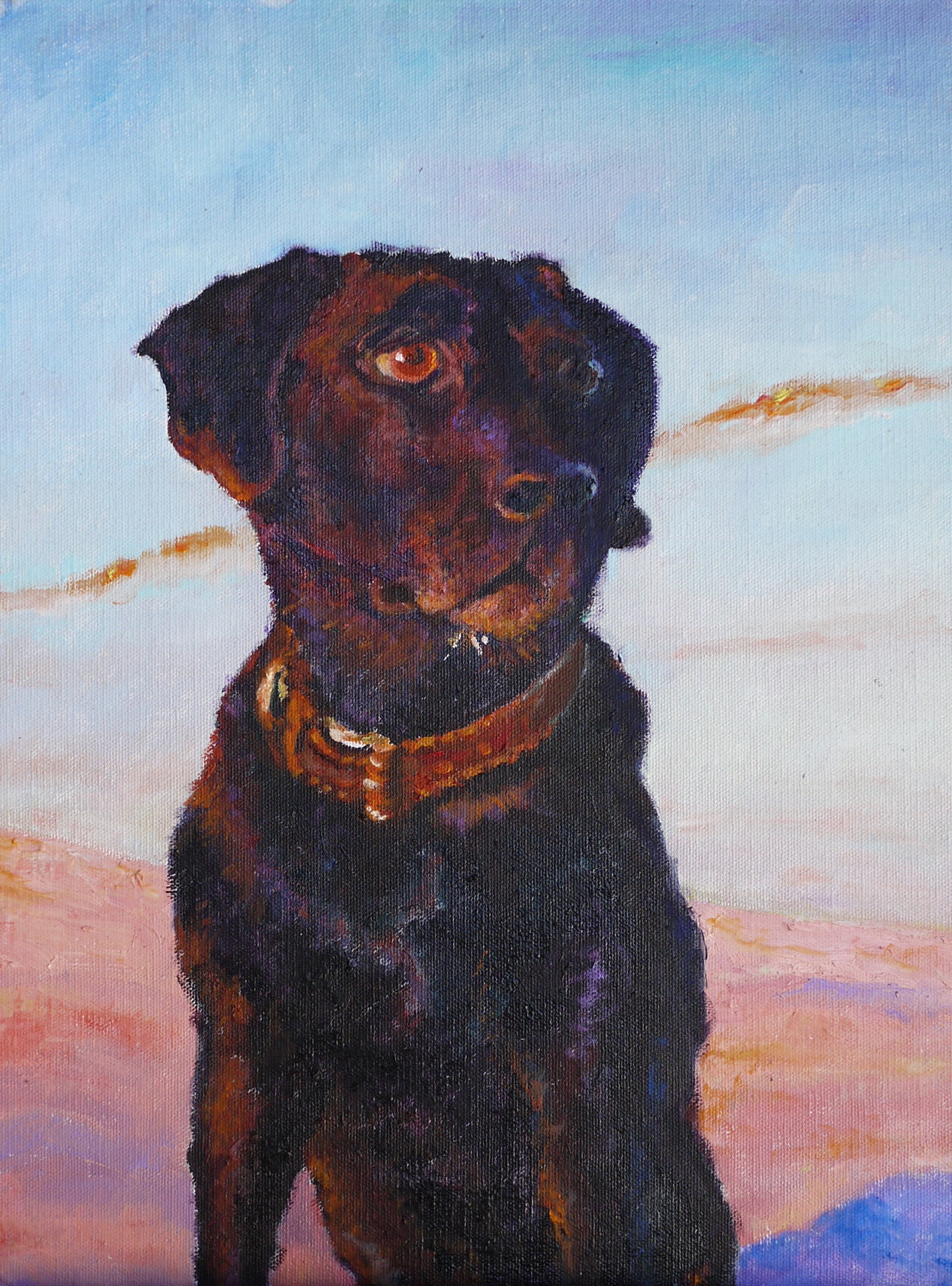In a world where images constantly bombard us, where every smartphone boasts a camera capable of capturing the minutiae of our lives, there's something uniquely captivating about a well-crafted portrait. Portraits, whether in the form of paintings, photographs, or even digital art, have a timeless appeal that transcends generations and cultural boundaries. They possess the magical ability to capture the essence of a person, a moment, or a story in a way that few other art forms can. In this exploration of the allure of portraits, we'll journey through the history of portraiture, consider the psychology behind our fascination with faces, and reflect on the enduring power of this art form.
A Glimpse into the Past: The History of Portraiture
The history of portraits is a rich tapestry that spans centuries and continents. Portraiture, as an art form, has its roots in ancient civilizations, where rulers and nobility commissioned artists to immortalize their likenesses in stone, clay, or paint. These early portraits were often idealized, emphasizing the subject's power, wealth, and prestige.
The Renaissance period in Europe marked a significant shift in the history of portraiture. Artists like Leonardo da Vinci, Raphael, and Titian elevated the genre to new heights, infusing their subjects with a depth of humanity and personality that was previously unparalleled. Instead of idealized representations, they aimed to capture the true essence of their sitters. This shift towards realism continued to evolve over the centuries, with artists like Rembrandt and Vermeer using light and shadow to create intimate, psychological portraits that revealed the inner worlds of their subjects.
With the advent of photography in the 19th century, portraiture underwent another transformation. Suddenly, the ability to capture a person's likeness became more accessible to the masses. Daguerreotypes and tintypes allowed individuals from all walks of life to have their portraits taken, providing a precious record of their existence.
In the 20th and 21st centuries, photography continued to dominate the world of portraiture. Renowned photographers like Annie Leibovitz, Richard Avedon, and Dorothea Lange created iconic images that have become ingrained in our collective consciousness. The medium of photography allowed for a democratization of portraiture, enabling everyday people to tell their own stories through self-portraits and candid snapshots.
The Psychology of Faces: Why We're Drawn to Portraits
Our fascination with portraits is deeply rooted in our psychology as human beings. From an early age, we are wired to seek out and interpret faces. Infants as young as a few hours old are drawn to faces and can distinguish between different facial expressions. This inherent fascination with faces extends into adulthood and is a fundamental aspect of our social and emotional lives.
One of the key reasons we are drawn to portraits is the human need for connection and empathy. Faces convey a wealth of information about a person's emotions, thoughts, and intentions. When we look at a portrait, we instinctively search for clues about the subject's inner world. Are they happy, sad, contemplative, or confident? This natural curiosity drives us to engage with portraits on a deeply emotional level.
Furthermore, portraits provide a sense of human presence and connection, even when the subject is a complete stranger or lived centuries ago. We project our own experiences and emotions onto the faces we encounter in portraits, forging a bond with the subject that transcends time and space. This ability to connect with the past through the long history of portraiture is a testament to the enduring power of captured faces.
The Storytelling Power of Portraits
Every portrait tells a story, whether it's a carefully posed formal portrait or a candid snapshot. The face, with its myriad expressions and nuances, can convey a lifetime of experiences and emotions. When we study a portrait, we become storytellers, piecing together the narrative of the person's life and the circumstances in which the portrait was created.
Consider the famous "Migrant Mother" photograph by Dorothea Lange. This iconic image captures the hardship and resilience of a mother during the Great Depression. Her weary yet determined expression speaks volumes about the challenges she faced and the strength she drew upon to care for her children. The power of this portrait lies not only in its composition but also in the story it tells—a story of struggle, perseverance, and maternal love.
Similarly, the "Afghan Girl" photograph by Steve McCurry is a testament to the enduring impact of a single portrait. The haunting green eyes of the young Afghan refugee convey a profound sense of resilience and dignity in the face of adversity. The image has become an enduring symbol of the plight of refugees worldwide and a powerful reminder of the human stories behind the headlines.
Portraits as Time Capsules
One of the unique qualities of portraits is their ability to serve as time capsules, preserving moments and individuals for future generations. Whether it's a family portrait from the 19th century, a candid snapshot from a wedding, or a modern selfie, each portrait captures a specific moment in time, frozen for eternity.
Family portraits, in particular, hold a special place in our hearts. They allow us to trace the passage of time, from the joyous arrival of a newborn to the milestones of childhood and beyond. These portraits become cherished heirlooms, passed down through generations, connecting us to our ancestors and providing a tangible link to our family history.
In addition to personal portraits, historical portraits of notable figures offer a glimpse into the past. Paintings, sculptures, and photographs of political leaders, artists, scientists, and revolutionaries serve as visual records of the people who shaped our world. These portraits often become iconic representations of their subjects, leaving a lasting impression on our collective memory.
The Artistic Mastery of Portraiture
Creating a compelling portrait is no small feat. It requires not only technical skill but also a deep understanding of human psychology and emotion. Whether it's the delicate brushwork of a classical portrait painter, the masterful lighting of a photographer, or the intricate digital rendering of a contemporary artist, each portrait is a testament to the artist's craft.
Portrait artists must capture not just the physical likeness of their subject but also their inner essence. This requires an acute sense of observation, empathy, and the ability to convey a narrative through composition, expression, and symbolism. The best portrait artists can transcend the superficial and reveal the deeper layers of a person's character, creating portraits that resonate on a profound level.
The Enduring Allure of Portraits in the Digital Age
In an era dominated by selfies and filters, the allure of portraits remains as strong as ever. If anything, the digital age has expanded the possibilities for portraiture. Social media platforms, photography apps, and digital art tools have made it easier than ever for individuals to create and share their own portraits.
Digital artists, in particular, have harnessed the power of technology to push the boundaries of portraiture. They can manipulate images, blend styles, and experiment with colors and textures in ways that were previously impossible. This fusion of technology and art has given rise to a new wave of contemporary portraits that challenge our notions of identity and self-expression.
Additionally, the internet has democratized the art world, allowing artists to reach global audiences with their portraits. Online galleries and social media platforms provide a platform for artists to showcase their work and connect with collectors and enthusiasts from around the world. This accessibility has breathed new life into the art of portraiture, ensuring its continued relevance in the digital age.
Conclusion: The Timeless Allure of Captured Faces
Portraits are not mere images; they are windows into the human soul. They capture the essence of individuals, moments, and stories in a way that resonates deeply with our humanity. From the ancient rulers of Egypt to the modern selfies of today, portraits have served as a bridge across time, connecting us to the faces and stories of the past.
Our fascination with faces, our desire to connect with others, and our innate storytelling instincts ensure that portraits will continue to hold a cherished place in our hearts and culture. In a world of fleeting digital images, portraits prove to be an enduring testament to the beauty, complexity, and resilience of the human spirit.




